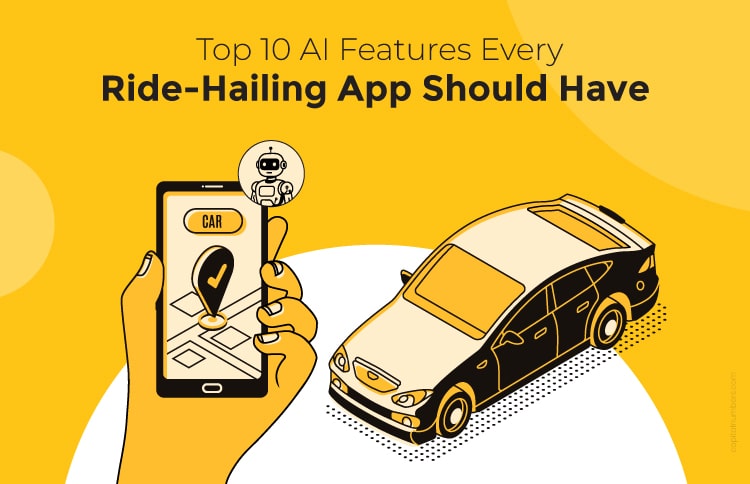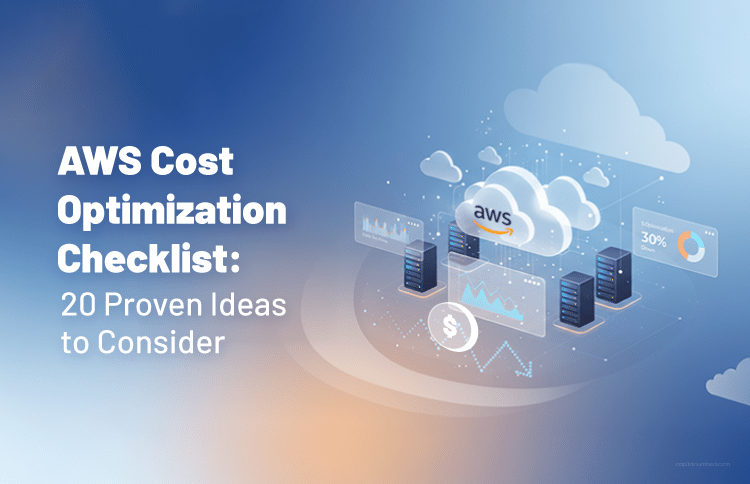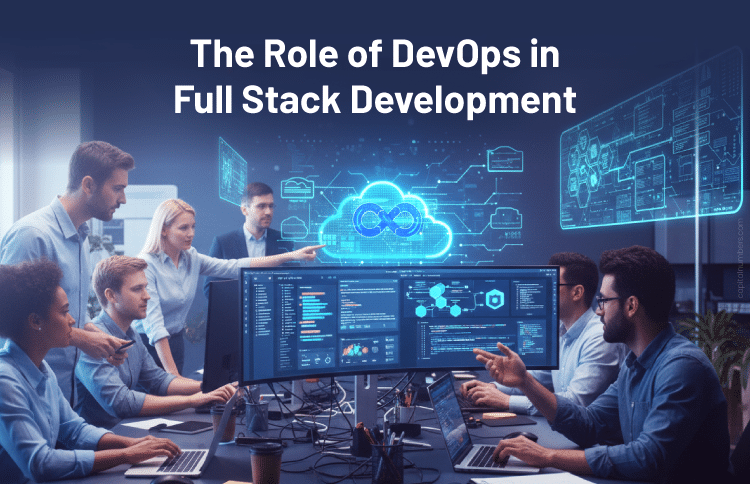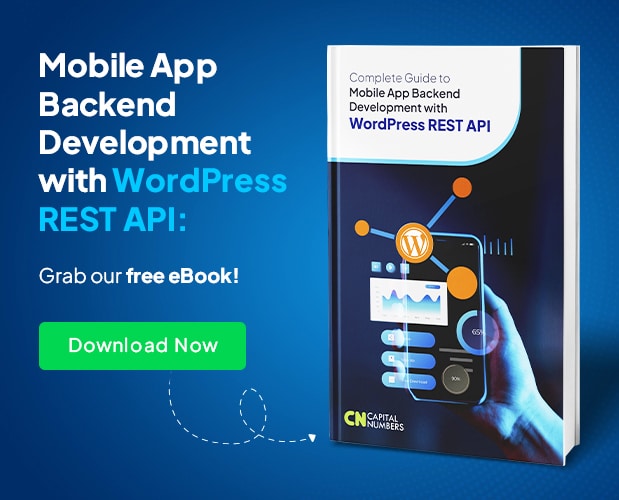Top 10 AI Features Every Ride-Hailing App Should Have
Table of Contents
Ride-hailing apps have changed a lot since they first started in the USA. They’ve completely transformed urban transportation and how people get around the world. What began as a simple way to book a ride has now grown into a complex system with real-time logistics, dynamic pricing, and personalized services.
The key to this change is Artificial Intelligence (AI). AI helps predict demand, find suitable routes, improve passenger safety, and make it easier for drivers to join the platform. As customer expectations rise and challenges grow, AI is no longer just a cool feature – it’s a crucial part of a successful app.
In this blog, we’ll look at 10 important AI features that every modern ride-hailing app needs to stay ahead, offer great user experiences, and grow in a competitive market.
Top AI Features for Next-Gen Ride-hailing Apps
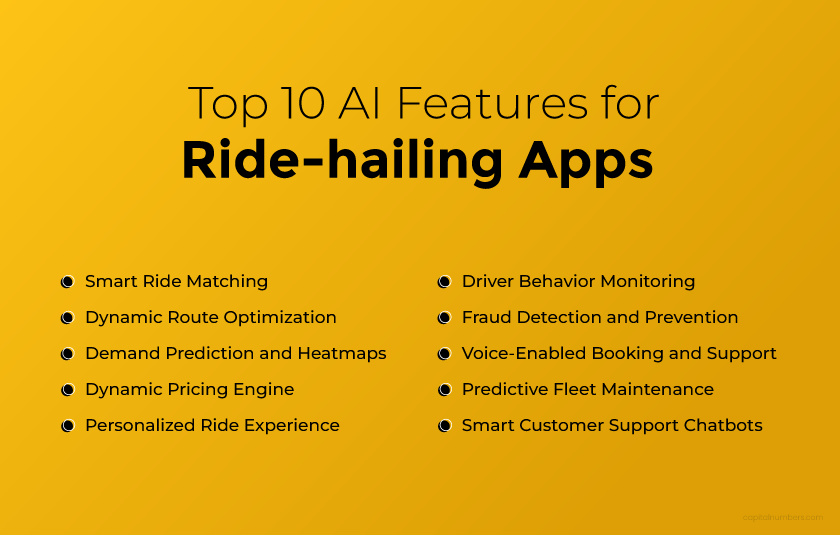
Here are 10 must-have features for every ride-hailing app:
1. Smart Ride Matching
Connect riders with the right drivers – quickly and efficiently.
Smart ride matching is a core part of any intelligent ride-hailing system. Instead of simply selecting the closest driver, AI in taxi booking apps considers multiple factors to make more informed decisions.
What It Does
- Matches riders and drivers in real time
- Considers location, driver availability, and past behavior
- Uses predictive algorithms to improve match success
How It Works
- Tracks driver and rider positions using advanced geolocation APIs
- Uses real-time clustering and graph-based optimization methods to group nearby drivers dynamically
- Applies machine learning models to predict which driver is most likely to accept and successfully complete the ride
Business Benefits
- Shorter wait times for riders
- Better use of driver time, leading to higher earnings
- Improved rider experience and app ratings
- More efficient fleet management during busy hours
Smart ride matching helps ride-hailing apps run smoothly and smartly. It’s not just about speed – it’s about making every ride more reliable and cost-effective.
Hire AI developers from Capital Numbers to integrate smart features like predictive matching, demand forecasting, and real-time analytics. Our experts build scalable, data-driven solutions that elevate user experience and drive growth. Let’s build the future of mobility – together.
2. Dynamic Route Optimization
Find the fastest, safest, and most fuel-efficient routes – automatically.
Dynamic route optimization is one of the most practical AI features for ride-hailing apps. Instead of relying on static maps or basic GPS routing, artificial intelligence in ride-hailing uses real-time data to adjust routes based on traffic, weather, and road conditions.
What It Does
- Suggests optimal routes for speed, safety, and fuel efficiency
- Adapts to changing traffic patterns and road closures
- Helps drivers avoid delays and reduce fuel usage
How It Works
- Uses smart pathfinding algorithms like A* and advanced shortcuts (Contraction Hierarchies) to find the best routes quickly
- Pulls in live data from traffic APIs, GPS, weather updates, and even road sensors to stay current
- Learns over time with machine learning, adjusting routes based on past trips, traffic patterns, and driver behavior
Business Benefits
- Shorter trip durations and faster drop-offs
- Lower fuel costs and reduced vehicle wear
- Better driver experience and fewer complaints
- More reliable service during peak hours or bad weather
For ride-hailing app development, dynamic route optimization is a must-have. It’s a clear example of how artificial intelligence in ride-hailing can improve both efficiency and customer satisfaction – making every trip smarter and more predictable.
3. Demand Prediction and Heatmaps
Forecast where and when ride demand will spike – before it happens.
Demand prediction is a key part of intelligent ride-hailing systems. Instead of reacting to rider requests, AI helps taxi apps stay ahead by forecasting high-demand zones and peak hours using historical and real-time data.
What It Does
- Predicts rider demand across different locations and times
- Highlights busy areas with heatmaps for better driver positioning
- Reduces idle time by guiding drivers to high-demand zones
How It Works
- Uses modern forecasting models like LSTM and XGBoost to predict demand more accurately than older methods
- Combines location data with live inputs such as traffic, weather, and local events to spot busy areas
- Keeps learning from past rides and new data, so predictions get better over time
Business Benefits
- More efficient driver deployment
- Fewer missed ride requests and shorter wait times
- Lower idle time and better fuel usage
- Stronger performance during peak hours and special events
When it comes to taxi booking app development, predictive analytics can make a big difference. In markets like the USA, where ride-hailing demand can shift rapidly due to weather, sports events, or peak-hour trends, this feature helps drivers stay ahead, boosting earnings and enhancing rider satisfaction.
4. Dynamic Pricing Engine
Adjust fares based on real-time demand and supply.
Dynamic pricing is one of the most impactful AI features for ride-hailing apps. Instead of using fixed rates, artificial intelligence adjusts fares based on current demand, driver availability, and external factors like weather or local events. In fast-moving markets like the USA, this approach helps platforms stay competitive and responsive.
What It Does
- Changes ride fares in real time based on demand and supply
- Predicts surge pricing during peak hours or high-demand zones
- Balances rider affordability with driver earnings
How It Works
- Uses machine learning models (like gradient boosting and neural networks) to predict the right fare instead of just basic regression
- Processes live demand and supply data through real-time platforms such as Kafka, Spark, or Flink
- Considers factors like price sensitivity, driver incentives, and external events to set fair and dynamic fares
Business Benefits
- Maximizes revenue during busy periods
- Keeps pricing fair and responsive to market conditions
- Encourages more drivers to stay active during high-demand times
- Improves rider satisfaction by reducing unexpected fare spikes
When ride demand shifts quickly, dynamic pricing helps apps stay flexible. It’s not just about changing fares – it’s about keeping rides available, encouraging driver participation, and making sure users aren’t left waiting.
5. Personalized Ride Experience
Tailors ride options, promotions, and driver preferences.
Personalization adds a human touch to ride-hailing apps. By analyzing user behavior and context, including past trips, preferred routes, and timing, AI recommends tailored ride options, relevant offers, and even preferred driver profiles. This type of AI-driven business innovation enables platforms to move beyond one-size-fits-all services.
What It Does
- Suggests ride types based on user history and preferences
- Offers personalized discounts and loyalty rewards
- Matches riders with preferred or highly rated drivers
How It Works
- Uses collaborative filtering and content-based filtering algorithms to suggest ride options based on user history and preferences
- Tracks behavioral patterns (like frequent routes, timing, and locations) and contextual signals (e.g., weather, time of day) to offer personalized promotions and rewards
- Continuously refines suggestions using reinforcement learning and feedback loops to improve recommendations over time
Business Benefits
- Boosts user retention through tailored experiences
- Increases satisfaction and app engagement
- Builds long-term loyalty with smarter personalization
Personalization isn’t just a feature – it’s how ride-hailing apps build trust and relevance, one trip at a time. As user expectations evolve, AI-driven customer experience helps platforms stay intuitive and responsive.
6. Driver Behavior Monitoring
Tracks driving patterns for safety and performance.
Safety is a core pillar of intelligent ride-hailing systems. Driver behavior monitoring uses artificial intelligence in ride-hailing to track patterns, such as harsh braking, speeding, and erratic movement – ensuring safer rides and better accountability. In markets like the USA, where regulatory standards and user expectations are high, this feature adds a layer of trust and transparency.
What It Does
- Detects risky driving behaviors in real time
- Flags patterns that may affect rider comfort or safety
- Supports driver coaching and performance reviews
How It Works
- Collects data from telematics systems, accelerometers, and edge devices (like GPS and onboard cameras) to monitor driving in real-time
- Uses machine learning models (such as decision trees or random forests) to identify unsafe driving behaviors like hard braking, speeding, or swerving
- Combines predictive analytics to forecast risky behavior and suggest actions to prevent incidents
Business Benefits
- Enhances rider safety and confidence
- Encourages responsible driving habits
- Supports compliance and quality assurance in ride-hailing app development
Driver monitoring isn’t just a safety feature – it’s a smart taxi app feature that builds reliability into every trip, helping platforms meet both operational goals and user expectations.
7. Fraud Detection and Prevention
Identifies fake bookings, GPS spoofing, and payment anomalies.
Fraud detection is critical for maintaining trust in ride-hailing platforms. AI helps identify suspicious activity – like fake ride requests, GPS manipulation, or unusual payment behavior – before it causes financial or reputational damage. As part of secure mobile app development, this feature ensures the platform stays reliable and fair for both riders and drivers.
What It Does
- Flags fake bookings and location spoofing
- Detects abnormal payment patterns
- Sends real-time alerts for suspicious activity
How It Works
- Uses supervised machine learning models like SVM and Random Forest to spot fraud patterns, such as fake bookings or payment issues
- Applies anomaly detection algorithms like Isolation Forest and Autoencoders to find unusual behavior in real-time data
- Uses pattern recognition and unsupervised learning to adapt and improve fraud detection as new tactics emerge
Business Benefits
- Reduces financial losses from fraudulent activity
- Builds user trust and platform credibility
- Supports compliance and operational integrity
Fraud prevention isn’t just a backend safeguard – it’s a visible commitment to fairness, helping ride-hailing apps protect users and maintain long-term loyalty. As fraud tactics change, AI ensures your defenses keep pace.
8. Voice-Enabled Booking and Support
Allows users to book rides and get help via voice commands.
Voice-enabled functionality is transforming AI in transportation apps, making ride-hailing more intuitive and inclusive. By allowing users to book rides or access support through simple voice commands, this feature enhances usability, especially for visually impaired users or those on the move.
What It Does
- Enables ride booking and customer support through voice interaction
- Supports multilingual queries and natural conversation flow
- Reduces reliance on manual input for faster, safer access
How It Works
- Uses Natural Language Processing (NLP) tools to understand voice commands and user intent
- Integrates speech-to-text technology from providers like Google Cloud Speech and Microsoft Azure Speech to convert spoken words into text
- Uses conversational AI platforms, such as Dialogflow or Rasa, to generate relevant, context-aware responses
Business Benefits
- Enhances accessibility for users with disabilities or limited literacy
- Improves user engagement and satisfaction through convenience
- Differentiates platforms in competitive intelligent ride-hailing systems markets
Voice-enabled booking isn’t just a feature; it’s a strategic upgrade for modern mobility platforms. As adoption accelerates in regions like the USA, it sets a new standard for inclusive, intelligent design. For ride-hailing apps aiming to lead in user experience, voice interaction is no longer a luxury; it’s a necessity.
9. Predictive Fleet Maintenance
Forecasts vehicle issues and schedules proactive maintenance.
Predictive fleet maintenance is one of the most practical features of a smart taxi app. Instead of waiting for breakdowns, AI in transportation apps uses real-time data to anticipate mechanical issues and schedule timely servicing. This keeps vehicles on the road longer and reduces unexpected downtime.
What It Does
- Monitors vehicle health continuously using sensor data
- Predicts potential failures before they happen
- Automates maintenance scheduling based on usage patterns
How It Works
- Collects data from IoT sensors in vehicles, including GPS, temperature, vibration, and engine monitoring sensors
- Uses machine learning models (like regression models or decision trees) and anomaly detection to predict potential issues based on real-time data
- Connects with predictive analytics platforms (like IBM Maximo or Uptake) to send alerts and schedule maintenance based on vehicle usage and sensor data
Business Benefits
- Reduces costly breakdowns and service disruptions
- Extends vehicle lifespan through timely maintenance
- Improves driver safety and operational reliability
- Lowers long-term fleet management costs
Predictive maintenance turns reactive repairs into proactive planning. For ride-hailing platforms, it’s not just about keeping vehicles running; it’s about building a resilient, data-driven fleet that supports consistent service and long-term growth.
10. Smart Customer Support Chatbots
Handles FAQs, complaints, and booking issues.
It is another key feature that you can integrate into ride-hailing apps. Smart customer support chatbots are designed to enhance rider interactions and reduce manual workload. These bots manage everything from basic queries to booking issues, offering fast and reliable assistance across platforms. For high-volume intelligent ride-hailing systems, they ensure users get timely help, without waiting in queues or navigating complex menus.
What It Does
- Responds instantly to common questions and booking concerns
- Manages cancellations, refunds, and account-related issues
- Detects sentiment and escalates sensitive cases to human agents
How It Works
- Built using NLP platforms like Dialogflow, Rasa, or GPT-based models to understand and respond to customer queries in natural language
- Integrates with backend systems (e.g., CRM, booking systems) for real-time access to trip, account, and user data
- Uses machine learning to analyze past interactions and continuously improve response accuracy, tone, and customer satisfaction
Business Benefits
- Provides 24/7 multilingual support
- Reduces human agent workload and operational costs
- Improves rider satisfaction through faster resolution and consistent service
In markets like the USA, where speed and scale are critical, smart support chatbots offer a dependable solution. As part of the broader application of artificial intelligence in ride-hailing, they help platforms stay responsive, efficient, and rider-focused, without compromising on quality.
Enhancing Customer Experience with an AI-Powered Chatbot
Our client’s messaging app was struggling with fragmented communication and operational inefficiencies, which were affecting customer satisfaction and conversions.
Learn how we delivered an AI-driven platform that streamlined workflows, seamlessly integrated with existing tools, and improved customer support and sales performance. [Read the full case study here]
Key Challenges When Adding AI to Ride-Hailing Apps
AI can improve ride-hailing apps with smarter matching, pricing, and fraud detection. But integrating it effectively means tackling a few core challenges that impact performance, fairness, and user experience.
Biased or Incomplete Data
AI models learn from historical data, which often reflects existing social or geographic biases. If most training data comes from high-demand urban zones, rural or low-income areas may receive inaccurate ETAs or fewer driver matches.
Real-Time Performance Constraints
Ride-hailing apps operate in milliseconds, and AI predictions need to be processed in real time. Latency in route optimization or driver assignment can lead to missed rides, longer wait times, or inefficient fleet usage.
User Trust and Transparency
AI-driven features like surge pricing or driver scoring can feel opaque or unfair to users. Without clear explanations, users may perceive pricing as exploitative, especially in markets like the USA, where consumer protection laws are tightening.
Complex System Integration
AI tools must work seamlessly with legacy systems, mobile apps, and backend services. Integrating real-time ML models into dispatch logic or payment systems often requires rearchitecting APIs and data pipelines.
Ethical and Regulatory Pressure
AI decisions affect people – drivers, riders, and support teams. In the U.S., new regulations, such as the Algorithmic Accountability Act, demand explainable AI and fairness audits, making compliance a technical and legal priority.
You May Also Read: AI in the Enterprise: A CTO’s Blueprint for Business Transformation
Bottom Line
The future of transportation isn’t just about the car; it’s about the code. The AI features for ride-hailing apps we’ve discussed are the core of a successful, modern business. By integrating AI in transportation apps, you’re not just building a service; you’re building a smart, self-improving platform that stays miles ahead of the competition. Are you ready to build the future of mobility?
Why Choose Capital Numbers for AI Development Services?
Building an AI-driven platform is a complex job. You need a partner who knows how to do it right. At Capital Numbers, a leading provider of AI development services, we specialize in turning big ideas into smart, market-leading apps.
- Deep AI Expertise: Our team of AI specialists has hands-on experience in building the exact features we’ve discussed, from smart matching to predictive analytics. We use cutting-edge tools to create a solution that is powerful, scalable, and tailored to your business goals.
- Complete Development: We don’t just build the AI; we build the entire app. Our expertise covers the mobile app, the backend, and the cloud setup, so you get a complete, integrated solution from a single team.
- Proven Results: We’ve helped over 250 businesses worldwide succeed. Our track record shows we deliver high-quality, reliable software. We work as your partner to help you grow and stay ahead of the competition.
Ready to turn your vision into a reality? Schedule a consultation today!

